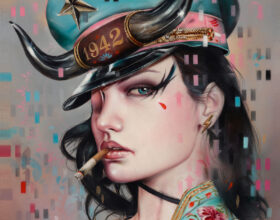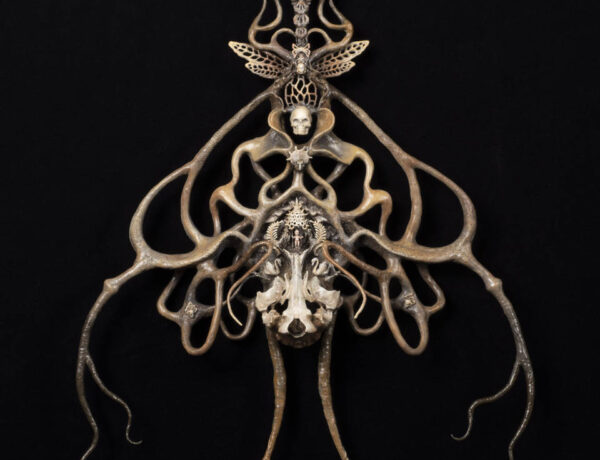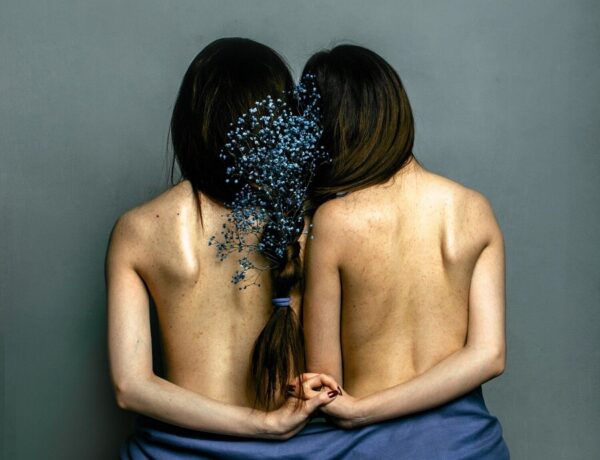For centuries humanity has been the pinacol of artistic creation. Art has become one of our most important means of human expression. Art is in our daily lives. It lives with us at all times whether it be through paintings displayed on our walls or the adverts on our TV screens. Our lives are filled with artistic expression and value even if we don’t always realise it.
Humans have held ownership over this domain for millennia but now a new entity is on the rise in our beloved industry, artificial intelligence (AI). The concept of artificial intelligence is a centuries old concept dating back to the Greeks with their fantastical ideas of artificial constructs. However, in 2024 AI is all too real and is making waves in the art industry as hopeful visions of the past have suddenly become a terrifying reality.
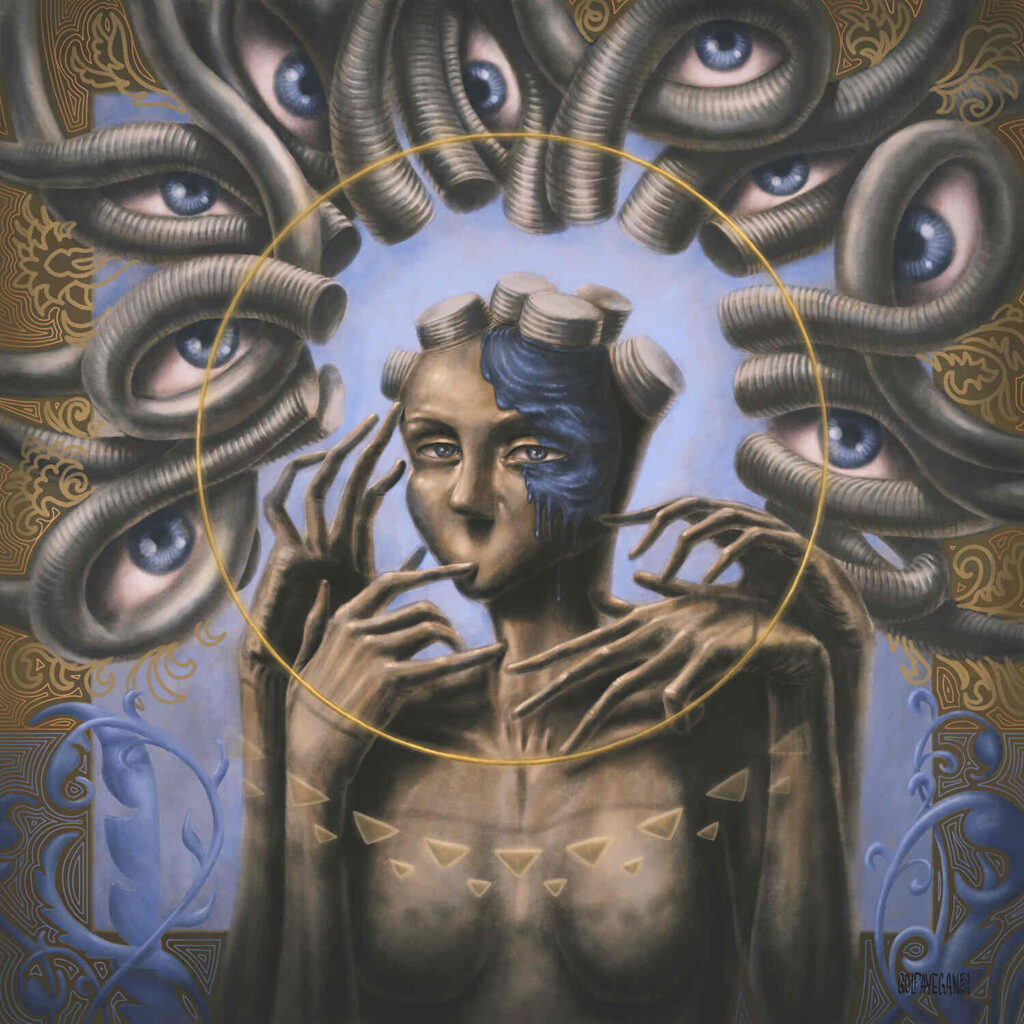

Visual artist and metal musician Farzad Golpayegani, best known for his epic guitar playing skills and works of surrealism, is unafraid to tackle the controversial topic of AI and how it could, should and does interact with the art world. In an interview with him, he shares his thoughts on the topic as a creative in the field.
Many argue there’s no place for AI within art. Using the words AI and art in the same sentence concocts images of evil machines gobbling up stolen artwork. Farzad Golpayegani however, doesn’t see AI as a strictly black or white. Instead it is more of a grey area arguing that “like many inventions, a new discovery can have drawbacks initially.
Take Marie Curie’s discovery of radium, for example. Initially celebrated for its glowing green colour, radium-based jewellry became popular, unaware of its cancer-causing properties. Before its life-saving potential was realized, radium proved deadly, even claiming Curie’s life. Similarly, AI undergoes a trial-and-error process. Despite impressive advancements, misuse is prevalent. This learning curve is necessary to harness its potential effectively.” So, while the evil machines play their sinister roles in the AI discourse, the topic is more nuanced and is a place for reflection and potentially even innovation.
I don’t think AI will end mankind’s creative journey but rather function as an art expert. Our best approach is to continue creating our best, regardless of AI competition.
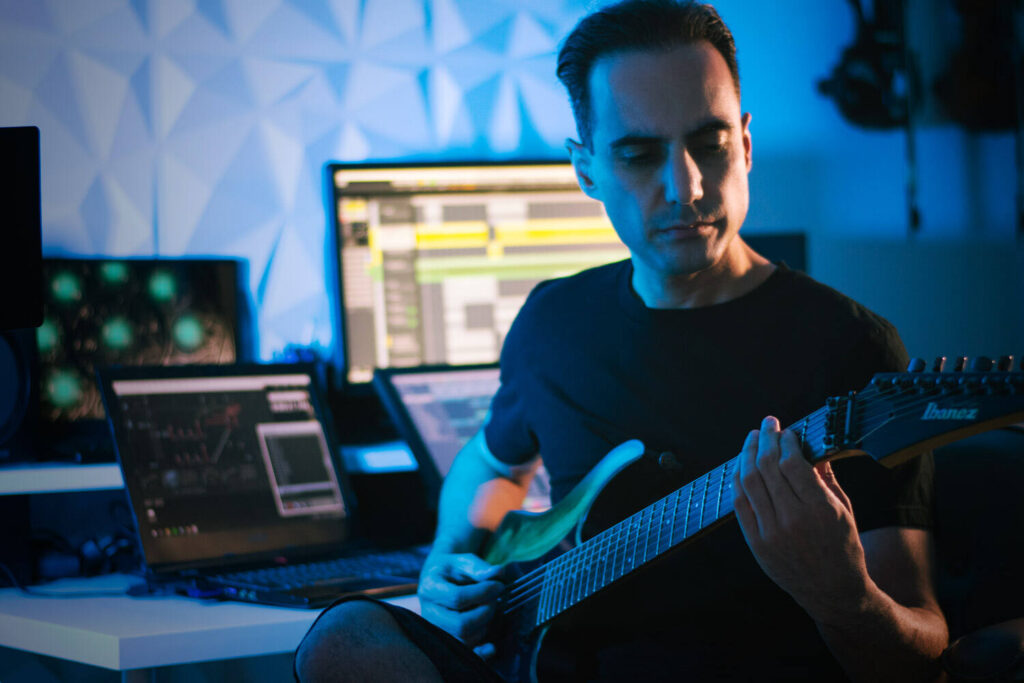

When considering the current climate of the art world, Farzad insists that AI “should be kept entirely separate from current art forms.” Currently, many AI generators are trained using stolen work from artists who often have no knowledge their work is being used in such a way. “Using someone’s work and art without consent is absolutely unacceptable; nobody wants their work or identity stolen” states Farzad. “In general, I don’t oppose AI, but I firmly disagree with claiming AI-generated work as one’s own creation.
For instance, incorporating AI-generated illustrations into graphic design is logical, but presenting them as standalone artwork isn’t.” As a graphic designer and art director, Farzad has created work based on instructions provided by clients and supervisors without drawing from his own artistic styles and preferences. “Claiming AI-generated art as personal creation is akin to clients or supervisors asserting authorship over work I produced for them. It doesn’t align logically, and I see no distinction.”
Like many, Farzad has been personally affected by AI. The website Have I Been Trained? by art collective Spawning detects whether artwork has been used to train various AI generators. This website shows his work has been used to train AI without his knowledge or consent. When asking whether he was aware of this he replied, “I’m not surprised. To be honest, I might be upset if I learned that I was ignored by AI!” “I don’t worry if my work is analysed by AI, actually. My only concern is the abuse of that information. This is an important aspect of art in the future, and I want to be a part of it, without my work being misrepresented.”
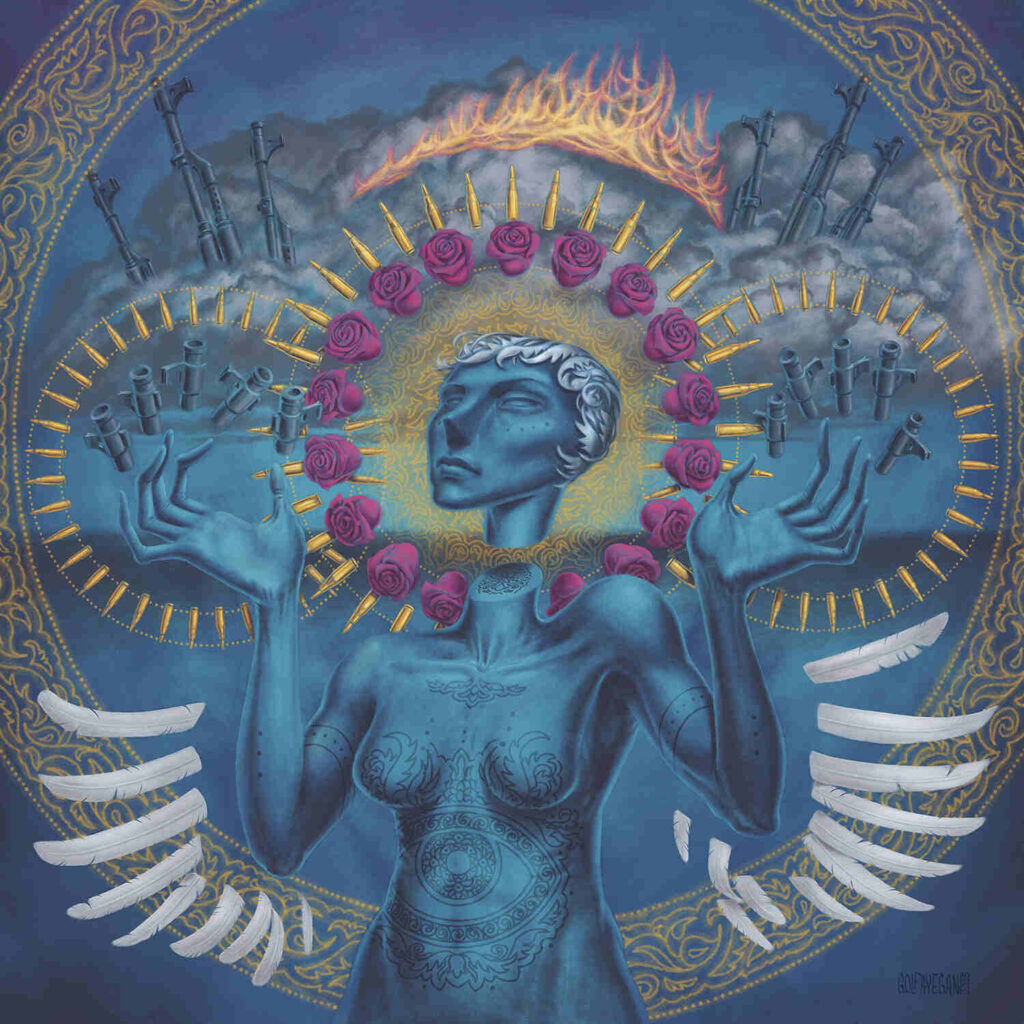
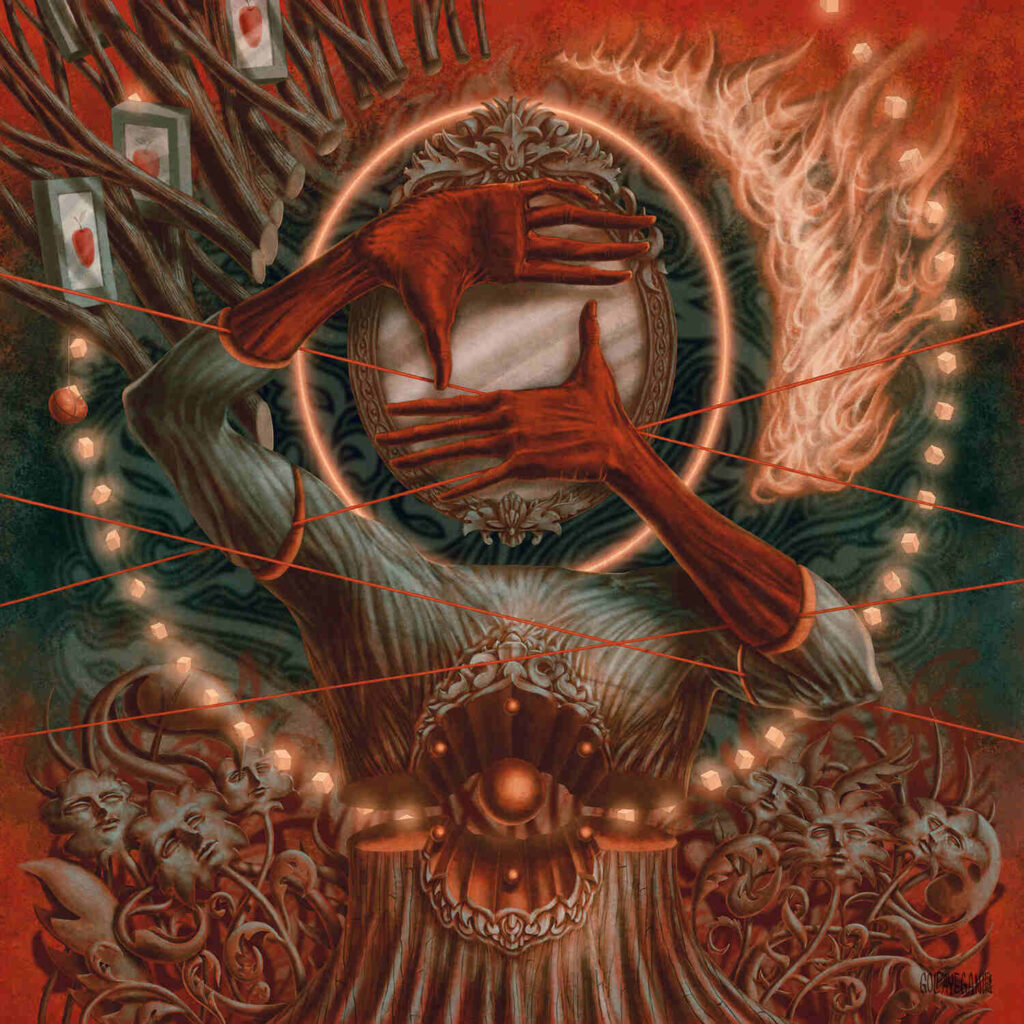
Farzad has been on the receiving end of being deceived by AI. “I consider myself having a good eye spotting Al art.” His good eye was called into question upon discovering an artist with incredible style and talent.
“I began following him on social media and noticed he posted too frequently, considering the complicity and detail of his artworks. Upon further investigation, I discovered he was using AI to generate pieces in his style, resulting in even more refined works. He then transfers these digital creations onto canvas and painted them in oils. It seemed he had replaced the roles between a digital artist and a printer! As someone who creates digital art and prints them on canvas, I found this reversal disappointing. It’s an example of a situation that makes you question everything!”
This discovery led to a major shift in his opinion of the artist as he describes “I stopped following him, and his work lost its value in my eyes entirely. I have always opposed the artistic value of duplicating a photograph onto canvas or paper, just painting or drawing an existing image using oil, acrylic, etc. It is definitely a skill set, but it is not artistic and creative, no matter how realistic it may look. Painting an image that is already generated by AI follows the same rule in my mind. To remain in control and progress, an artist shouldn’t lower his or her value to that level.”
Claiming AI-generated art as personal creation is akin to clients or supervisors asserting authorship over work I produced for them. It doesn’t align logically, and I see no distinction.
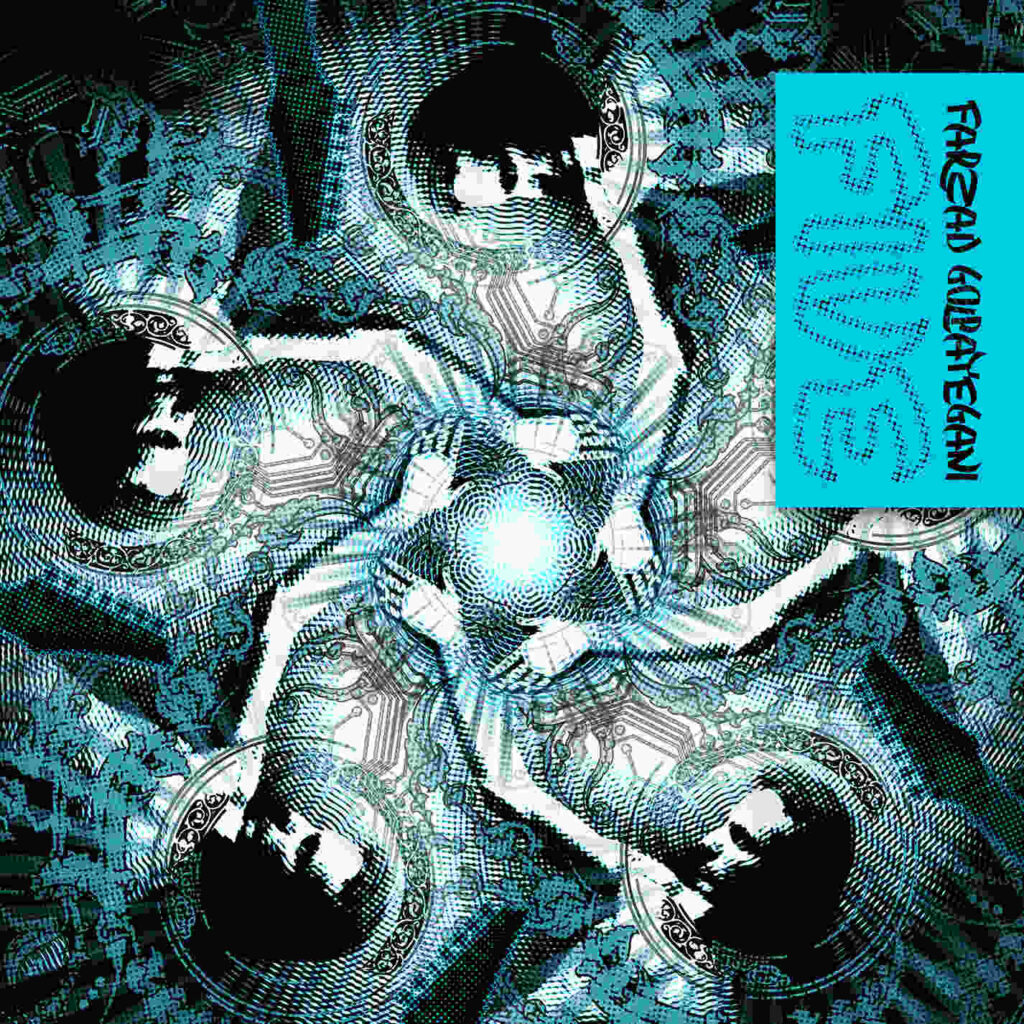

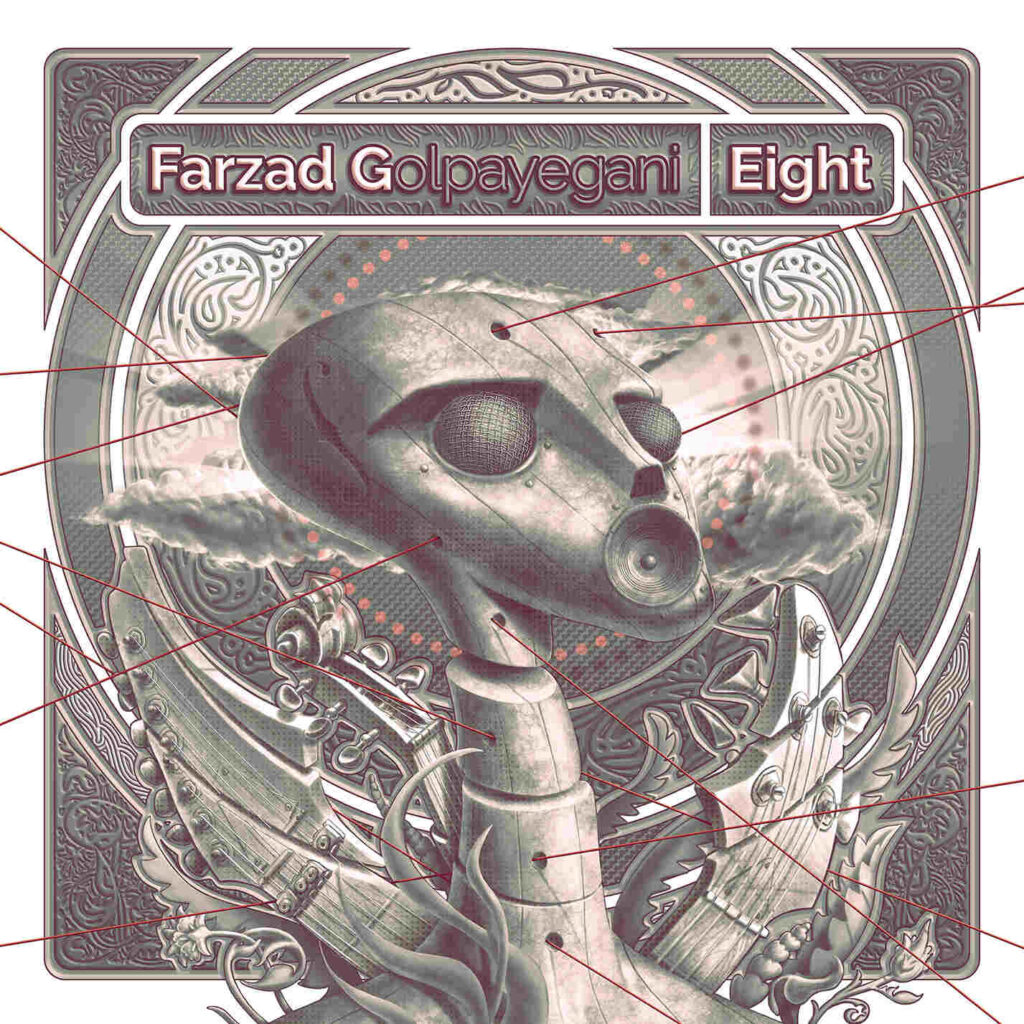
However, AI isn’t all doom and gloom from Farzad’s perspective. His job as an art director has allowed him access to AI as a supportive tool using it in processes such as upscaling images and editing to enable a streamlined workflow. The ideology of using AI as a supportive tool, similarly to how one uses a paint brush, adds an interesting perspective on the topic for future reference.
From his perspective, each advancement in technological improvement from artists, no matter how big or small, have helped us shape art history and our current present. The idea of blocking technological advancements isn’t smart progress. “Whether we like it or not, this is the future of the art world and we should find innovative ways to be a part of it rather than isolating ourselves. The problem isn’t AI accessing the human art history database; what’s worrying is the potential abuse of its achievements, mostly caused by humans.”
Of course, for AI to work in this capacity, “clear and strict regulations are surely necessary.” It could only really work on a case by case basis in which transparency and honesty would be key components. For example, if a photographer were to use AI tools to remove/edit unwanted elements in a photograph, would that be alright? Well, it’s complicated. “It’s unacceptable for photographers to remove objects from their photos if they submit them to competitions or publish them as news journalists.
However, they can manipulate images using AI within its category.” Another example could be using AI generators with ethically sourced and artist approved images which has its own nuanced issues as he explains “the person using AI isn’t the artist anymore and shouldn’t claim the rights to the generated image. Simply put, the AI image prompter isn’t an artist but more of a client, and the AI generator is the intelligence behind the creation. This distinction should be made clear when sharing the image publicly.
In summary, I don’t see any issue with the AI generator when using licensed images, but the problem arises when roles and guidelines aren’t understood. Misusing this tool can be disastrous, regardless of whether the source is licensed or not.”
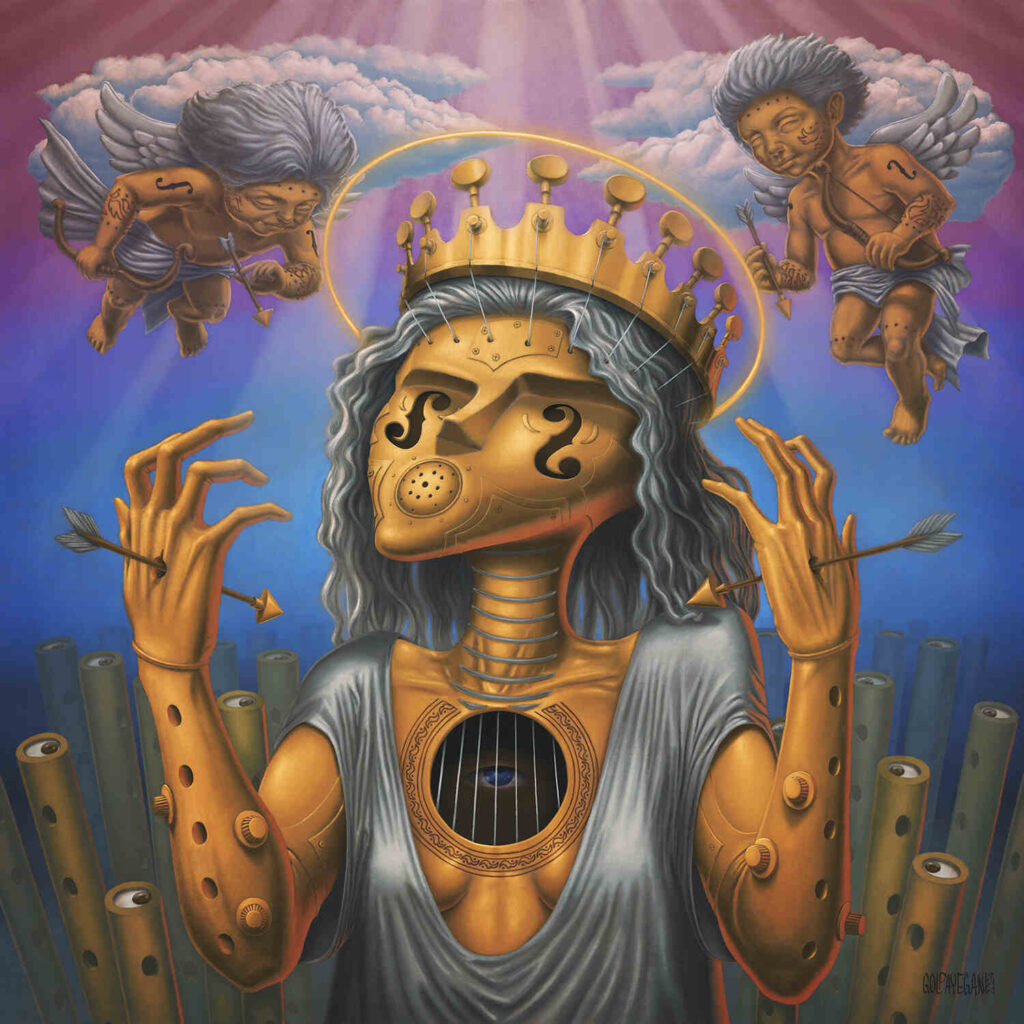

Farzad also suggests AI as a potential promotional tool for artists. Social media algorithms are often unforgiving and artists can get lost within a sea of content. “Creating beautiful, innovative, and meaningful art is one thing, and being able to promote it and have it seen is another” he explains. “One might excel at one aspect and struggle with the other.
We often encounter artists when they gain exposure, not necessarily when they achieve a high level of skill or creativity. Many factors influence the attention an artist receives, unrelated to the art itself. This process could be improved and perhaps balanced with the help of AI technology, ensuring artists are noticed not just because they garner more likes on social media or work with a specific representative. I would appreciate seeing more of that.”
While hopes of a fruitful future is always a beneficial mindset to have, it is how we proceed from here that will truly make or break the industry when regarding the integration of AI technology. For Farzad, education and new regulations are our most vital resources for tackling the issues and ethics of AI. “Similar to the Hollywood writers’ strike, new standards may need to be established to address issues like art theft and AI participation” especially with art contests and exhibitions.
“While we may not be able to stop its advancement entirely, we can inform ourselves and others about its implications. Rather than banning its usage all together, understanding and embracing its potential can lead to better outcomes. Both artists and audiences should question the authenticity of AI-generated artwork and develop a deeper appreciation for genuine creativity. This way, AI art can be evaluated on its own merits within the artistic landscape.”

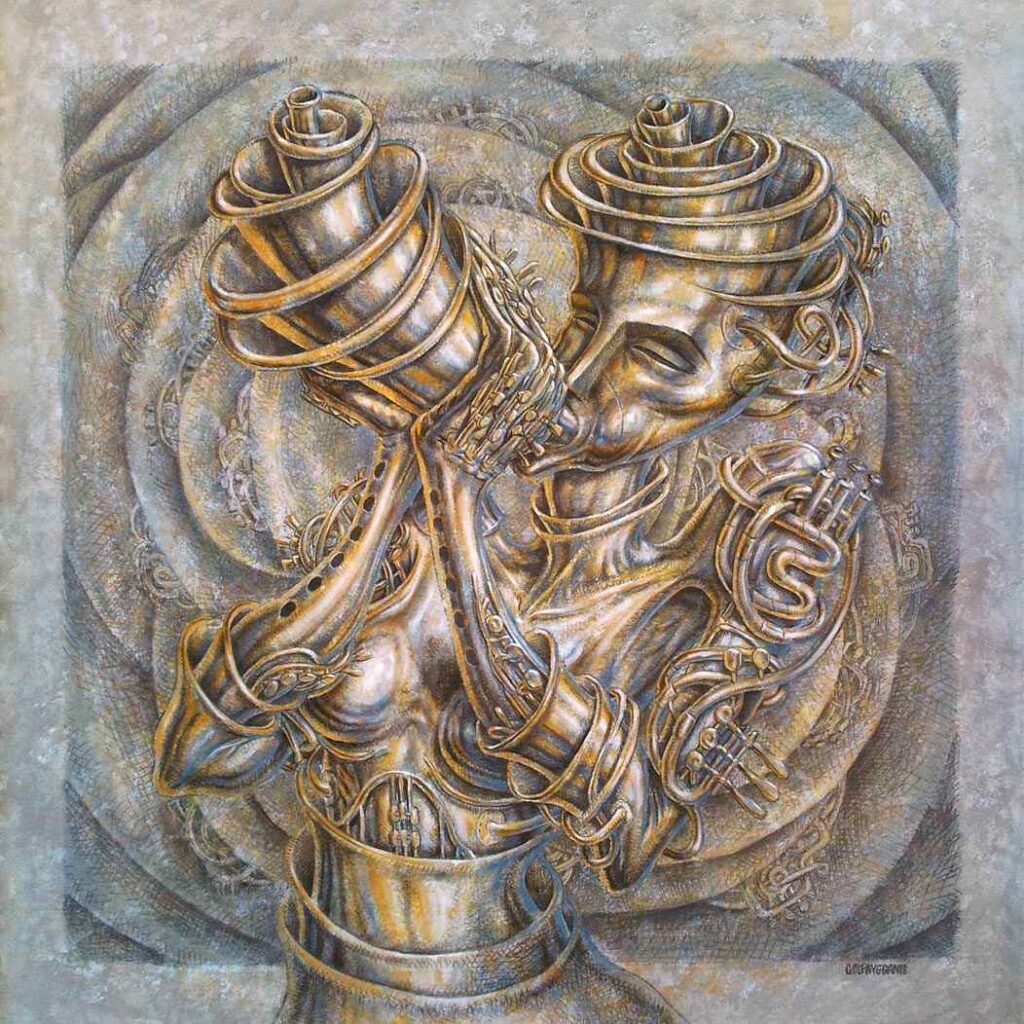
The problem isn’t AI accessing the human art history database; what’s worrying is the potential abuse of its achievements, mostly caused by humans. Clear and strict regulations are surely necessary.
When concluding this discussion with Farzad, I brought up the fact that many of us feel despondent when concerning the subject of AI. Dread fills our minds as we question everything that we hold dear in art. Should we just give up? Will this thing take out jobs? What do we do?! But for Farzad, things aren’t so bleak choosing to believe that centuries long tradition of humans making and sharing their art isn’t going to die out any time soon.
We should never give up on pursuing art and should instead “remain active and keep creating our best no matter what. There was a time in art history when the camera and photography had a similar impact on the art scene. Instead of spending hours, days, or months preserving a moment by painting it, it became a matter of seconds to do so.
Of course, it was a difficult experience for those who made a living by painting portraits, but can you imagine the art world without photography, cinematography, and the rest of the progress? We should remain positive and be flexible and creative in order to let the new art forms develop and bloom. It won’t be a smooth process, but it will definitely be worth it. This opens doors in a way we have never experienced in our lifetimes.”


